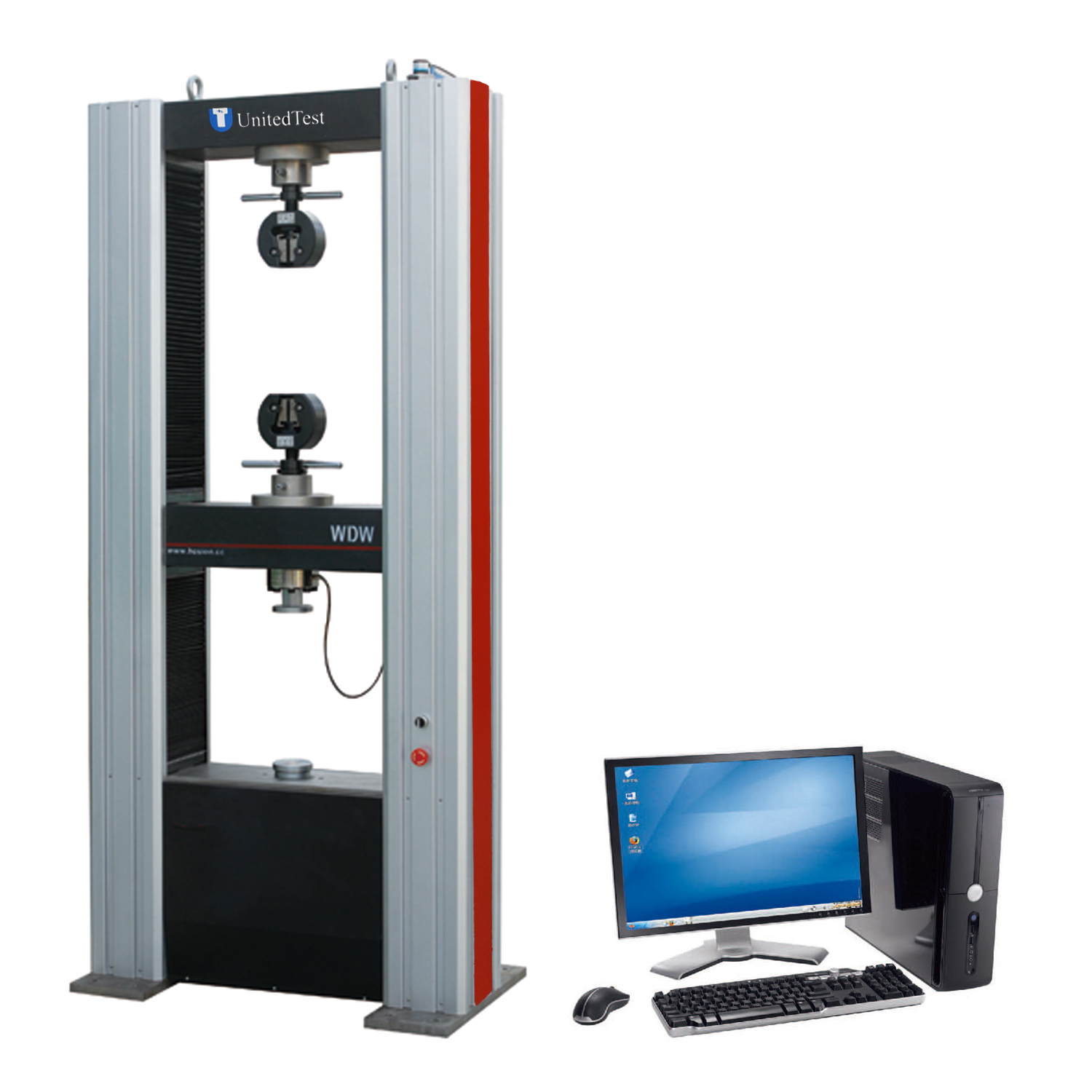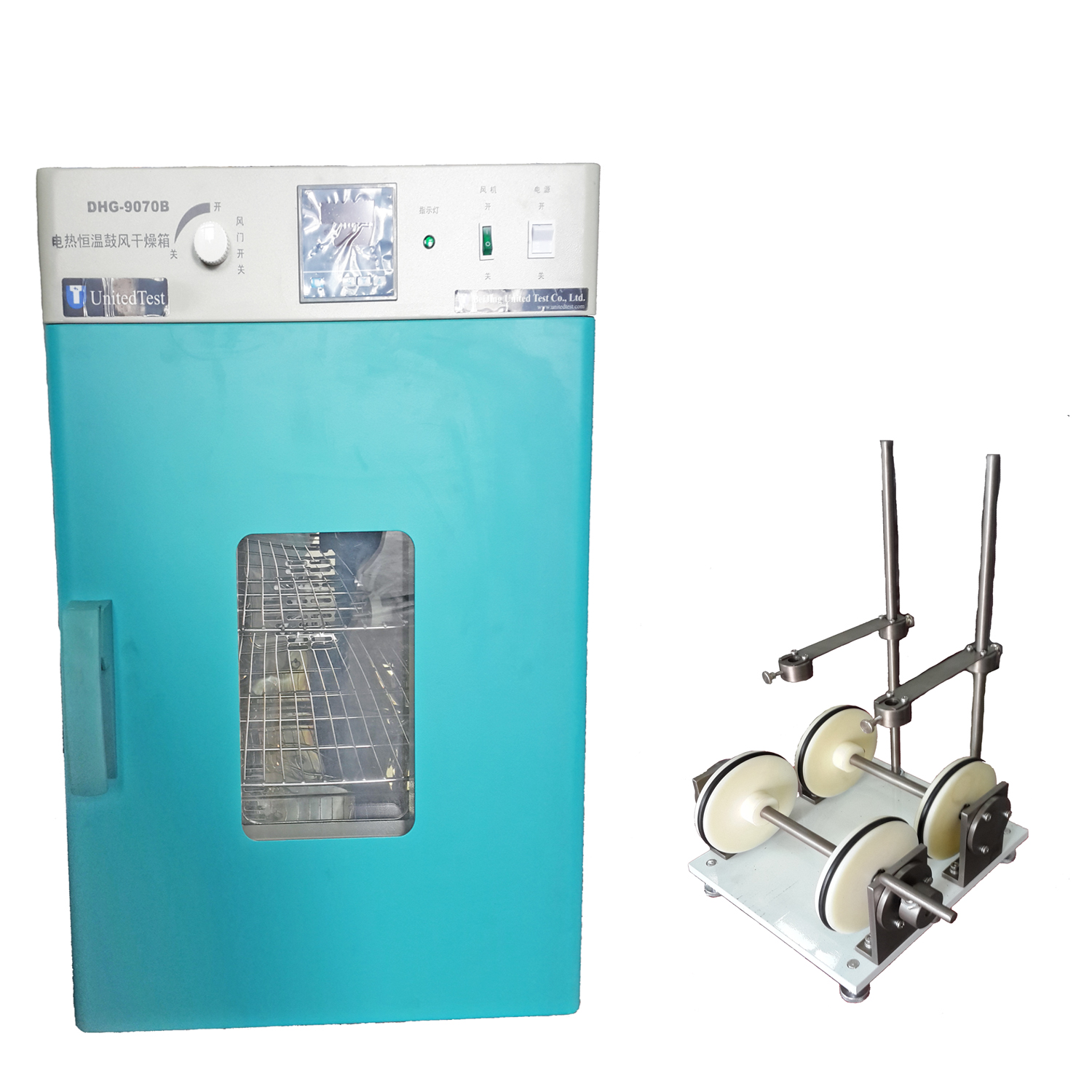TCVN 6148 Thermoplastic Pipes Longitudinal Reversion Test Apparatus (PF Heat Reversion Test equipment)
The longitudinal Reversion rate of pipe materials refers to the percentage change in length of thermoplastic pipe materials under specific temperatures, used to assess the thermal contraction properties of the material. The measurement method is based on the national standard ISO 2505, GB/T 6671-2001, which is mainly divided into two types: liquid bath test (Method A) and air oven test (Method B). TCVN 6148 equivlent with ISO 2505.

Definition and Standard
The longitudinal retraction rate is an indicator of the shrinkage performance of thermoplastic pipe materials along the length direction when heated. It is calculated by measuring the change in distance between the marked lines before and after heating.
Testing Methods
Method A (Liquid Bath Test): The sample is immersed in an inert liquid (such as glycerin or silicone oil) at 150±2°C. The insulation time is calculated based on the wall thickness (usually 1 min/mm). After cooling, the change in length is measured. This method is suitable for small-diameter pipes.
Method B (Air Oven Test): The sample is placed horizontally in an oven, with the temperature set according to the material type (e.g., 150±2°C for PVC, 110±2°C for PP). The time is also calculated based on the wall thickness, and after cooling, the length is measured.
This method is suitable for all pipe materials; large-diameter pipes need to be cut into four pieces for testing. Influencing FactorsThe longitudinal retraction rate is mainly influenced by the type of material, processing technology (such as extrusion speed and cooling rate), and wall thickness. UPVC pipes must be strictly controlled within standard limits (usually ≤5%) to ensure stability in use.












